The transition from lab-scale innovation to mass production has long been the Achilles' heel of next-generation energy storage technologies. Among these, solid-state batteries (SSBs) represent both the pinnacle of electrochemical promise and a cautionary tale of commercialization hurdles. The so-called "valley of death" between research breakthroughs and viable manufacturing looms particularly large for this technology, where scientific enthusiasm collides with engineering realities.
Solid-state batteries have been heralded as the holy grail of energy storage, offering theoretical advantages that read like a wish list for electrification: higher energy density, faster charging, improved safety, and longer lifespan. The fundamental premise—replacing liquid electrolytes with solid materials—seems deceptively simple. Yet beneath this elegant concept lies a labyrinth of material science challenges that have resisted solutions at industrial scale.
The laboratory environment allows researchers to focus on individual performance metrics under controlled conditions. A team might demonstrate an impressive 500-cycle lifespan in coin cells or achieve record-breaking energy density in thin-film prototypes. These achievements make headlines and attract investment, but they rarely account for the interconnected compromises required for commercial viability. The academic pursuit of optimal performance often diverges dramatically from the manufacturing imperative of consistent, cost-effective production.
Material instability presents the first major chasm in the valley of death. Solid electrolytes that perform admirably in millimeter-scale lab samples frequently prove problematic when scaled. Lithium metal anodes, crucial for achieving high energy density, develop dendrites that can short-circuit cells. Interface resistance between solid components increases unpredictably with size. These phenomena often don't appear in small-scale testing but become deal-breakers when attempting to manufacture larger format cells.
Production challenges multiply when moving from batch processing to continuous manufacturing. The delicate solid-solid interfaces that give SSBs their potential require precision assembly under conditions far more stringent than conventional lithium-ion batteries. Contamination that might cause minor performance loss in liquid electrolyte systems can render entire solid-state cells nonfunctional. Yield rates that would be catastrophic in automotive applications (where 99%+ is expected) remain stubbornly low even for leading SSB developers.
The supply chain conundrum adds another layer of complexity. While lithium-ion batteries leverage decades of established material sourcing and processing infrastructure, solid-state alternatives require entirely new supply chains. Specialty sulfides or oxides needed for solid electrolytes exist in limited commercial quantities. Lithium metal anode production at automotive scales presents its own set of challenges. These material transitions don't simply require new factories—they demand new mining operations, refining techniques, and handling protocols.
Cost projections tell a sobering story. Laboratory cost analyses often focus narrowly on bill-of-materials while ignoring the capital expenditures required for specialized manufacturing equipment. The cleanroom-like environments needed for moisture-sensitive materials, the precision laser welding systems for multilayer assemblies, and the dry room requirements all contribute to a cost structure that struggles to compete with mature lithium-ion alternatives. Even optimistic estimates place first-generation SSBs at 2-3 times the cost per kWh of conventional batteries.
Automotive industry timelines compound these technical challenges. Vehicle manufacturers operate on 3-5 year development cycles for new models, with battery systems requiring qualification years before production. This creates a chicken-and-egg scenario where SSB developers can't secure large contracts without proven volume manufacturing, but can't invest in manufacturing without guaranteed offtake. The few announced partnerships between SSB companies and automakers typically involve limited-volume, high-end applications rather than mass-market solutions.
The investment landscape reflects these realities. While venture capital continues flowing into solid-state battery startups, the funding increasingly targets specific technical bottlenecks rather than whole-system development. Later-stage investors demand clearer paths to revenue, pushing many companies to pivot toward hybrid designs or intermediate technologies. The stark difference between laboratory hype and production realities has already claimed several high-profile casualties in the SSB space.
Regulatory pressures add both urgency and complexity. Safety concerns around conventional batteries have led to stricter transportation regulations, theoretically creating tailwinds for solid-state alternatives. However, certification processes developed for lithium-ion technologies don't always translate well to solid-state systems. Novel materials face lengthy approval timelines, and the lack of standardized testing protocols for SSBs creates uncertainty for both developers and potential customers.
Intellectual property battles further complicate the landscape. The fundamental patents covering key solid electrolyte chemistries have created thickets of licensing requirements. Startups often find their freedom to operate constrained by early foundational patents held by large corporations or academic institutions. This IP fragmentation slows development as companies work to design around existing claims or negotiate access to critical technologies.
The workforce challenge represents another often-overlooked factor. The specialized knowledge required for solid-state battery development spans electrochemistry, materials science, and precision engineering—skills in short supply. Universities are only beginning to develop curricula addressing these interdisciplinary needs. The result is fierce competition for limited talent, driving up labor costs and slowing progress across the industry.
Despite these challenges, the potential rewards continue driving progress. Military and aerospace applications, where cost considerations are secondary to performance, provide early adoption opportunities. Some consumer electronics manufacturers are experimenting with small-format SSBs for premium devices. These niche applications serve as crucial stepping stones, allowing developers to refine manufacturing processes on smaller scales before tackling automotive volumes.
The path forward likely involves incremental evolution rather than revolutionary leaps. Many developers are now focusing on semi-solid or hybrid designs that blend some solid-state advantages with more manufacturable liquid electrolyte components. Others are pursuing solid-state systems for specific applications where their advantages outweigh cost premiums. This pragmatic approach may ultimately prove more successful than the quest for an ideal all-solid solution.
The solid-state battery valley of death serves as a reminder that scientific breakthrough represents just the beginning of the innovation journey. Bridging the gap between laboratory triumph and commercial success requires not just brilliant electrochemistry, but materials engineering, manufacturing innovation, supply chain development, and business model creativity. Those who navigate this gauntlet successfully will need equal parts technical prowess and entrepreneurial resilience.

By /Jun 14, 2025

By /Jun 14, 2025

By /Jun 14, 2025

By /Jun 14, 2025

By /Jun 14, 2025

By /Jun 14, 2025

By /Jun 14, 2025

By /Jun 14, 2025
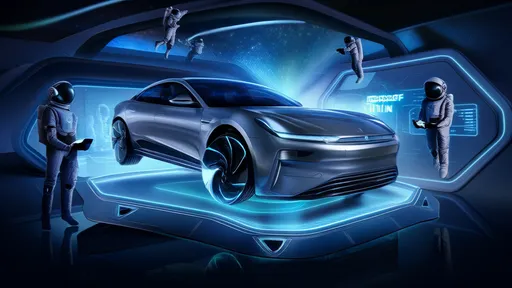
By /Jun 14, 2025
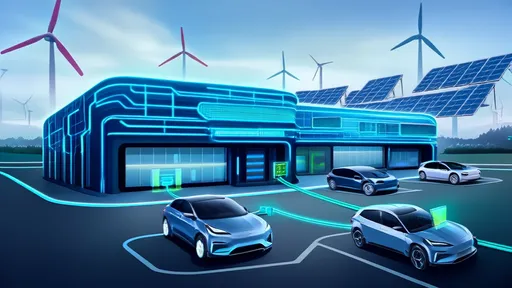
By /Jun 14, 2025

By /Jun 14, 2025

By /Jun 14, 2025
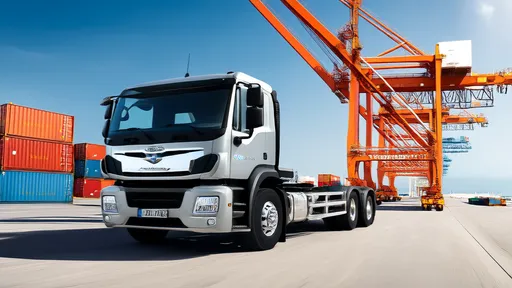
By /Jun 14, 2025
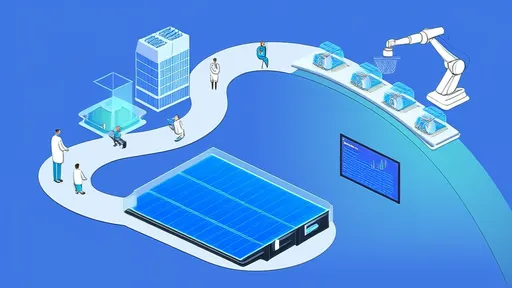
By /Jun 14, 2025
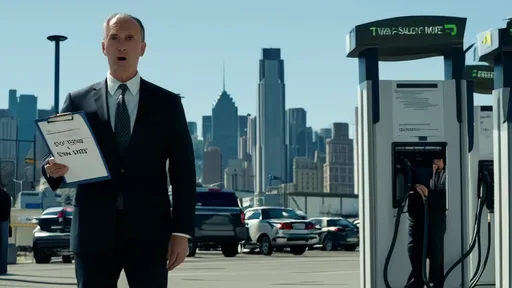
By /Jun 14, 2025
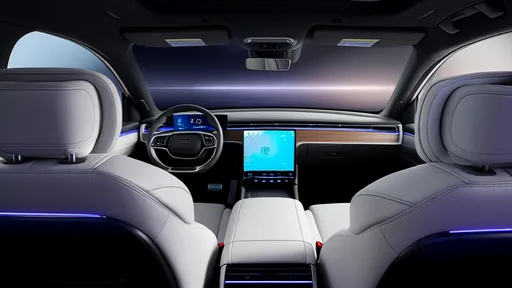
By /Jun 14, 2025

By /Jun 14, 2025
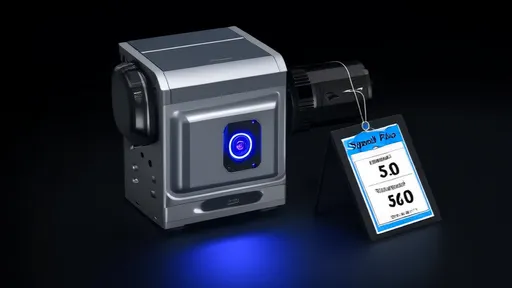
By /Jun 14, 2025